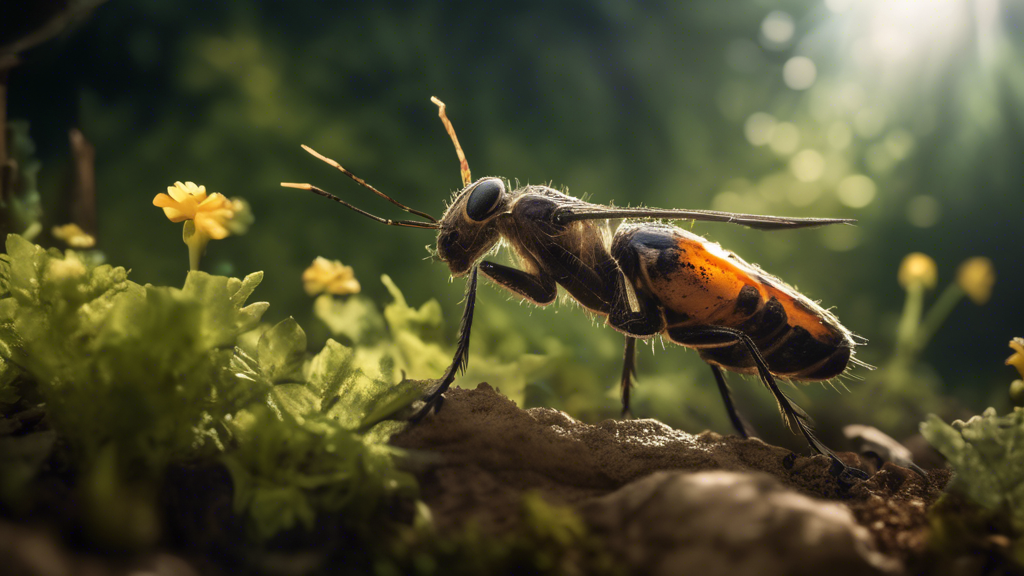EPA Unveils Draft Strategy to Protect Endangered Species from Insecticides; Seeks Public Input

New Measures to Protect Endangered Species
The U.S. Environmental Protection Agency (EPA) has released a draft Insecticide Strategy for public comment. This strategy is designed to better protect federally endangered and threatened species from the harmful impacts of insecticides. The EPA's focus on this issue is an essential move towards safeguarding the intricate balance of ecosystems that are under threat from extensive insecticide use in agriculture.
Intended to shield over 850 endangered plant and animal species, the strategy addresses the alarming rate at which these species are affected by chemicals intended for pest control. This measure is a strong response to the longstanding need for more effective protective mechanisms within the agricultural sector.
Legal and Historical Framework
The introduction of this strategy aligns with the EPA's legal obligations under the Endangered Species Act (ESA). The ESA mandates the agency to consult with expert wildlife authorities to mitigate the negative impacts of pesticides on protected species. Historically, the EPA has encountered significant challenges in fully complying with these requirements.
Legal interventions have played a crucial role in compelling the EPA to act more robustly. Following a settlement agreement with the Center for Biological Diversity (CBD) in September 2023, the agency committed to drafting strategies focused on minimizing pesticide-related harms. This settlement marks a significant milestone in the agency’s efforts to address previous shortcomings and fortify its compliance framework.
Addressing the Global Decline in Insect Populations
One of the pressing issues is the sheer volume of insecticide usage in the U.S., which totals approximately 450 million kilograms (one billion pounds) annually. The unregulated use of these chemicals poses severe threats to a range of endangered species, including but not limited to, the rusty patched bumble bee, Santa Cruz long-toed salamander, Attwater’s greater prairie-chicken, Karner’s blue butterfly, and the red wolf.
Insecticides are recognized as significant contributors to the global decline in insect populations. Scientific reports have highlighted a drastic 76% decline in flying insect biomass over the past 30 years, alongside the estimated extinction of 10% of the world's insect species since the advent of the industrial revolution. The draft strategy aims to curb these trends by implementing more stringent protection measures.
To ensure comprehensive protection, the EPA’s new strategy takes a multichemical, multispecies approach. This method complements other existing initiatives, such as herbicide and rodenticide strategies, thereby creating a holistic framework for environmental conservation. The detailed plan calls for public input, with a comment period extending to September 23, 2024, inviting feedback from all relevant stakeholders.
Key takeaways from this article include:
- EPA's strategic focus on protecting over 850 endangered species from insecticides.
- A legal obligation under the Endangered Species Act guiding the EPA’s actions.
- Settlement with the Center for Biological Diversity driving comprehensive workplans.
- Significant declines in global insect populations due to widespread insecticide use.
- The necessity for public engagement during the comment period to refine the strategy.
Looking for updates? Sign up to our newsletter for weekly snippets.
Here's a thought to consider: How can we contribute to addressing the decline in insect populations in our own communities?



